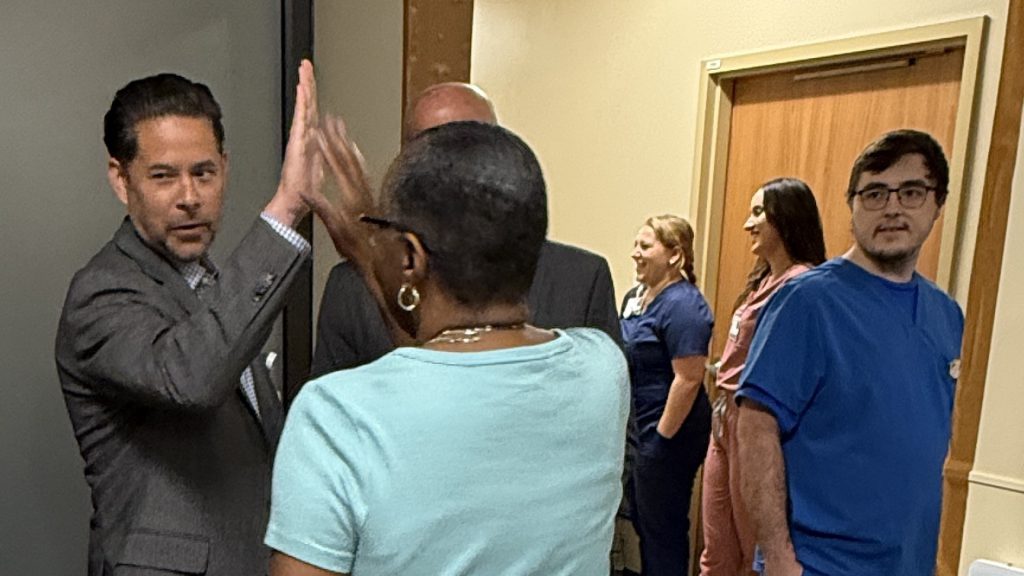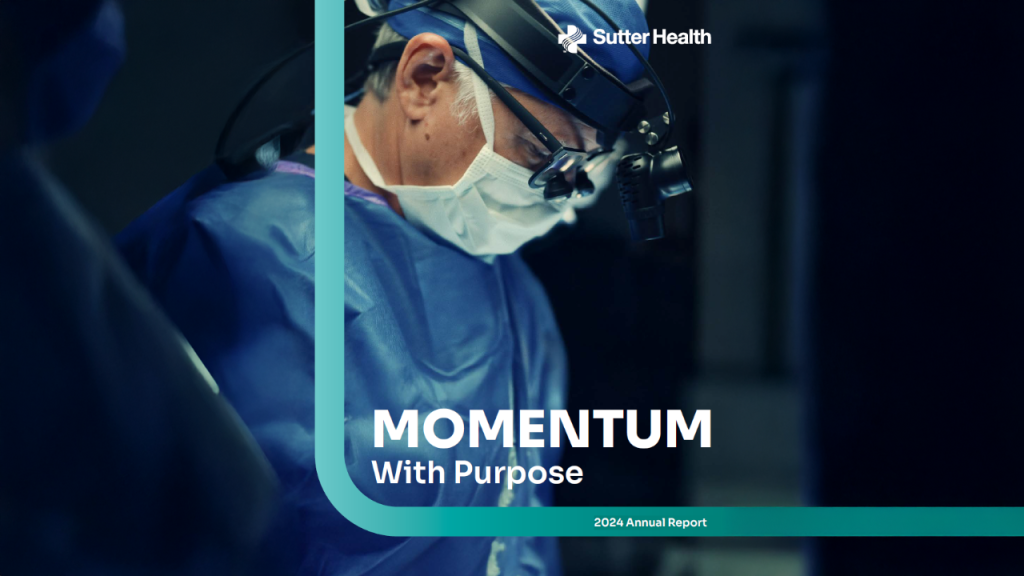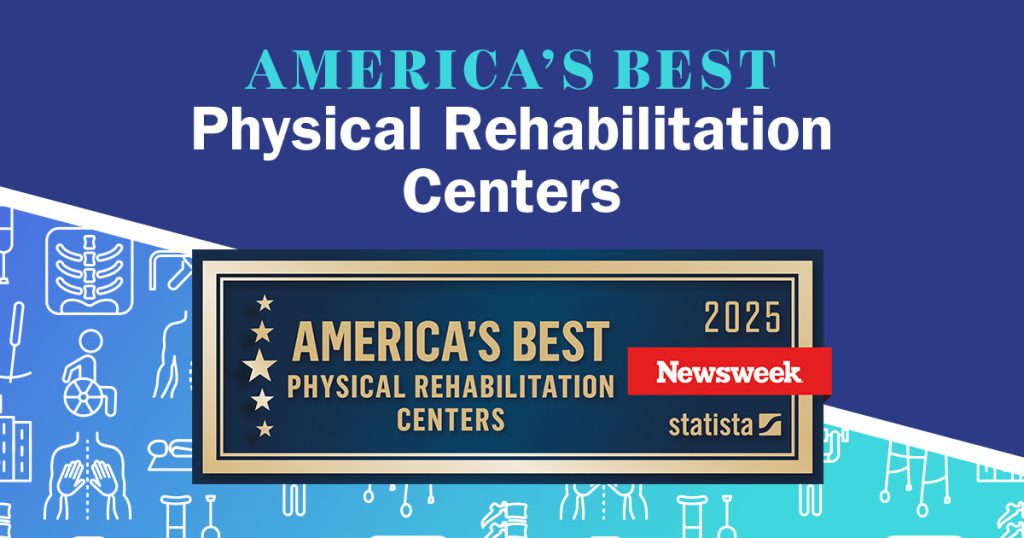SACRAMENTO, Calif.—Integrated healthcare delivery system Sutter Health has announced its financial performance for 2019. Investment income helped offset the losses associated with operations as the organization ended the year with $114 million in 2019 income. The UFCW/California Attorney General settlement and related litigation expenses, one-time capital costs associated with the opening of the Van Ness Campus in San Francisco, and costs associated with the wildfires and public safety power shutoffs contributed to operating losses of $548 million. Sutter Health posted $737 million in investment income and changes in net unrealized gains and losses from investments in 2019, compared to $(267) million the prior year.
Community-Based Investments to Improve Access to Healthcare
The shift in overall performance between 2018 and 2019 was primarily due to the recovery in the investment market. Overall, Sutter implements a long-term investment strategy, with steady operating results and a conservative balance sheet. This approach allows us to further expand community access to high-quality healthcare and lower total cost of care.
In 2019, Sutter Health invested $662 million in new facilities and lifesaving technology. The California Pacific Medical Center Van Ness Campus opened March 2, 2019, signaling the completion of multiple modernization and seismic upgrade projects in San Francisco. Sutter Health also facilitated expanded access to care through construction projects in multiple communities, including Contra Costa, Marin, Placer, Sacramento, San Francisco, San Jose, San Mateo, Santa Clara, Santa Cruz, Sonoma and Yolo counties.
Sutter continues to innovate new ways of delivering safe, high-quality care outside of its hospital and clinic walls to meet community needs for flexibility and efficiency—all with an eye toward reducing healthcare costs, too. Video visits and Walk-In Care clinics continued to create more options for patients to access primary care needs in 2019. Patients met with care providers through video visits 7,400 times last year, and sought primary care assistance through Walk-In Care appointments nearly 125,000 times. Sutter Health also reached multi-year contracts with several insurance companies, preserving patient access to Sutter care teams while keeping care affordable.
Sutter Health also invested $60 million in research and development, supporting efforts addressing a range of health concerns including stroke and other neurological disorders, cancer, liver and kidney transplants, gastrointestinal disorders and diabetes.
“Caring for our patients and for their communities drives the work we do across Sutter Health every day,” said Sutter Health President & CEO Sarah Krevans. “When we draw on the benefits of our integrated network, we’re able to give patients more doors to access care, develop more tools and spread innovative practices that expand access to affordable, safe and personal healthcare.”
Care for the Underserved
Sutter Health’s total investment in community benefit in 2019 was $830 million, which is an increase from $734 million in 2018. This amount includes traditional charity care and unreimbursed costs of providing care to Medi-Cal patients, as well as investments in community health programs to address prioritized health needs as identified by regional community health needs assessments.
• As part of Sutter Health’s commitment to fulfill its not-for-profit status and serve the most vulnerable in its communities, Sutter hospitals, affiliated medical foundations and other healthcare providers offer charity care policies to ensure that patients can access needed medical care regardless of their ability to pay. Sutter’s charity care policies, which have been in place for many years, offer financial assistance to uninsured and underinsured patients earning less than 400 percent of the annually adjusted Federal Poverty Level. In 2019, Sutter Health invested $125 million in charity care, compared to $89 million in 2018.
• Overall, since the implementation of the Affordable Care Act, greater numbers of previously uninsured people now have more access to healthcare coverage through the Medi-Cal and Medicare programs. The payments for patients who are covered by Medi-Cal and Medicare do not cover the full costs of providing care. In 2019, Sutter Health invested $499 million more than the state paid to care for Medi-Cal patients.
• Examples of regional prioritized health needs include access to mental health and addiction care, disease prevention and management, access to basic needs such as housing, jobs and food, as well as increased access to primary care services.
See more about how Sutter Health reinvests into the community by visiting sutterpartners.org.
| Sutter Health 2019 Financial Results | ||
| Dollars in millions | ||
|---|---|---|
| 2019 | 2018 | |
| Operating Revenues | $13,304 | $12,697 |
| Operating Expenses | 13,852 | 12,586 |
| (Loss) Income from Operations | (548) | 111 |
| Investment Income | 246 | 187 |
| Change in net unrealized gains and losses from investments | 491 | (454) |
| Other components of net periodic postretirement cost | – | 90 |
| Loss on extinguishment of debt | – | (54) |
| (Loss) Income | 189 | (120) |
| Less income attributable to noncontrolling interests | (75) | (78) |
| (Loss) Income attributable to Sutter Health | 114 | (198) |
| Capital Investment | $662 | $924 |




